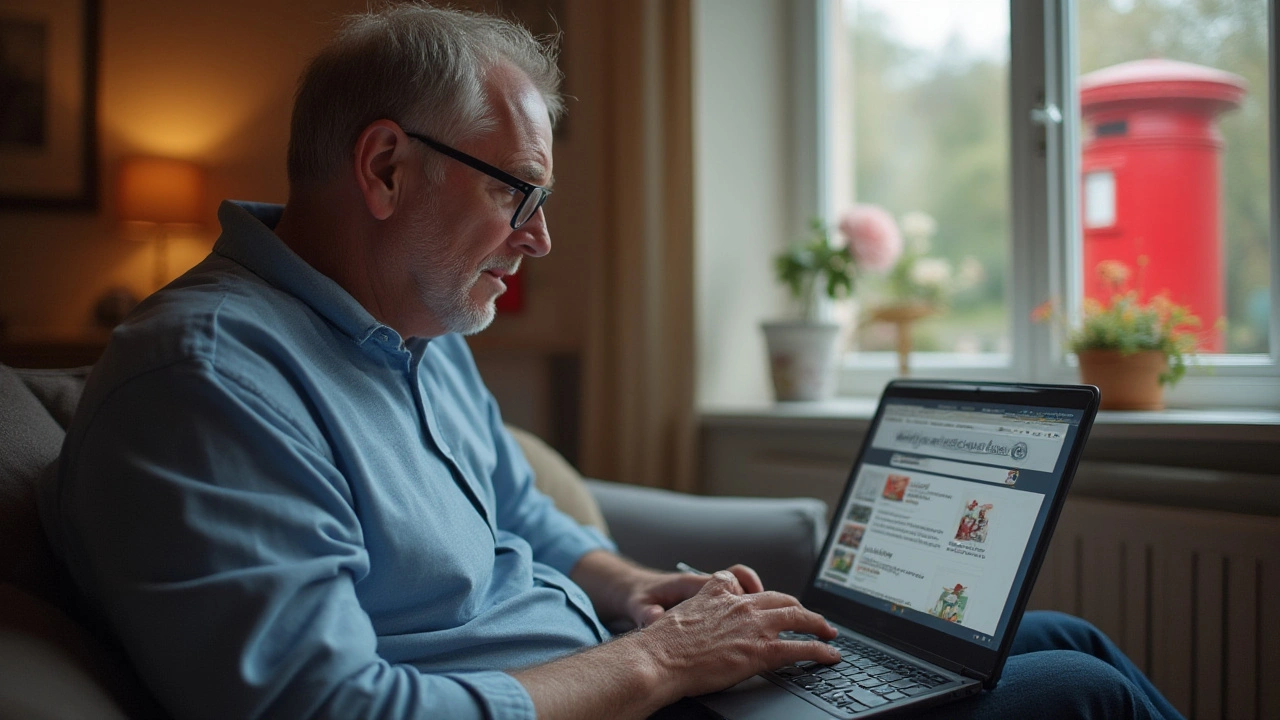Clopidogrel – What It Is, How to Use It, and Where to Buy It Safely
If your doctor mentioned clopidogrel, you’re probably dealing with a blood‑clot risk. It’s a pill that stops platelets from sticking together, which helps keep arteries open after a heart attack, stroke, or certain heart procedures. Think of it as a tiny traffic controller that tells blood cells to slow down at busy intersections.
The usual dose for most adults is 75 mg once a day, taken with or without food. Some people who have had a recent stent might start with a higher loading dose – often 300 mg – before dropping down to the maintenance dose. Always follow the exact schedule your doctor gave you; missing doses can let clopidogrel lose its protective effect.
Common Side Effects and When to Call a Doctor
Most folks tolerate clopidogrel well, but a few side effects pop up now and then. The most frequent are mild bruising, nosebleeds, or easy bleeding from cuts. If you notice gum bleeding, blood in your urine, or unusually heavy periods, that’s a sign to reach out to your healthcare provider.
Rarely, clopidogrel can cause serious allergic reactions – think rash, itching, swelling of the face or throat, or difficulty breathing. Those symptoms require emergency care right away.
Drug Interactions You Need to Watch
Clopidogrel doesn’t live in a vacuum. Certain medicines can boost bleeding risk, like aspirin, NSAIDs (ibuprofen, naproxen), and other blood thinners such as warfarin or DOACs. If you’re on proton‑pump inhibitors (omeprazole, esomeprazole), ask your doctor if they’re still a good fit, because they might lower clopidogrel’s effectiveness.
Alcohol isn’t a direct interaction, but heavy drinking can also thin your blood, adding to the bleed‑risk. Keep your intake moderate and let your clinician know how much you drink.
When you start a new prescription or over‑the‑counter product, run it by your pharmacist. A quick check can flag dangerous combos before you even take the first pill.
Now, about getting clopidogrel online. In many countries you need a valid prescription, and reputable online pharmacies will ask for it before shipping. Look for pharmacies that display a licensed pharmacist’s contact info, a physical address, and clear privacy policies. Avoid sites that promise “no prescription needed” or sell the drug at a rock‑bottom price – those are usually scams that sell counterfeit pills.
If you have a telehealth service you trust, you can often get a digital prescription sent straight to a licensed pharmacy. This route is usually faster and still safe, as long as the pharmacy is accredited.
Finally, a quick FAQ:
- Can I take clopidogrel with aspirin? Yes, many doctors prescribe both, but only under close supervision.
- How long do I stay on clopidogrel? Duration varies – some need it for a year after a stent, others for life after a major heart event.
- What should I do if I miss a dose? Take it as soon as you remember, unless it’s almost time for your next dose. In that case, skip the missed one – don’t double up.
- Is it safe during pregnancy? Generally no, unless the benefits outweigh the risks. Talk to your OB‑GYN.
Clopidogrel can be a lifesaver when used correctly. Keep your doctor in the loop, watch for bleeding signs, and choose a reputable pharmacy for your refill. Stay informed, stay safe, and let your blood flow the right way.
Where and How to Buy Plavix Online: Safe Shopping Guide in 2025
Find out where and how to buy Plavix online safely. Discover Australian regulations, key tips, legit pharmacies, and know what to avoid for Clopidogrel purchase.
